Popular on Food52
6 Comments
beejay45
October 21, 2015
The Fuyu don't have to be soft at all to be mild/non-astringent. We eat them when they're still apple hard and slice the up in salads and stir fries.
BoulderGalinTokyo
January 22, 2013
So many people throw out their persimmons, not knowing that they are ripe like a banana is for banana bread. This article is really worth reading:
http://www.npr.org/blogs/thesalt/2012/11/08/164696316/tracking-the-elusive-chocolate-persimmon
http://www.npr.org/blogs/thesalt/2012/11/08/164696316/tracking-the-elusive-chocolate-persimmon
witloof
January 21, 2013
An easy way to make sure that a ripe Hachiya persimmon is not tannic is to put it in the freezer overnight. Let it freeze solid, then let it thaw. All the tannins will disappear.
luvcookbooks
January 19, 2013
I just had stuffed persimmons at Hangawi, a vegetarian Korean restaurant in Manhattan. This feature gives me some confidence for buying and cooking persimmons. Thanks!
BoulderGalinTokyo
October 22, 2015
hey luv , could you be a little more specific? What kind of stuffing was it? I'm particularly interested in savory stuffings...Korean/vegetarian/interesting possibilities.
Panfusine
January 18, 2013
This Friday feature defies words of praise.. I think these weekly articles ought to be put together into a book. I'd be the first in line to place an order. Thanks once again Nozlee!

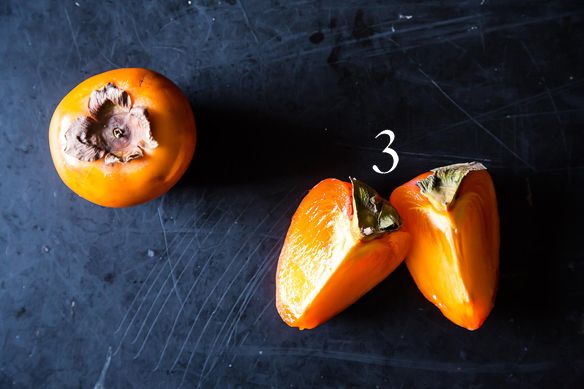
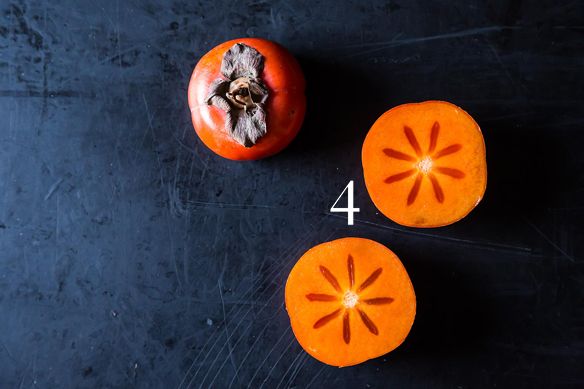
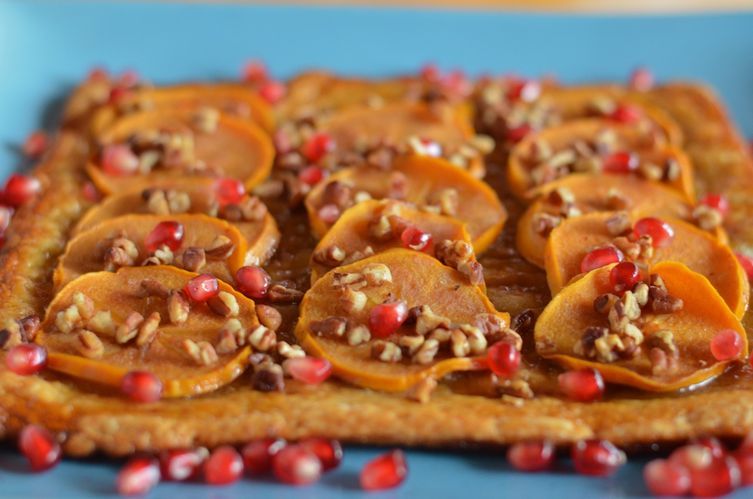
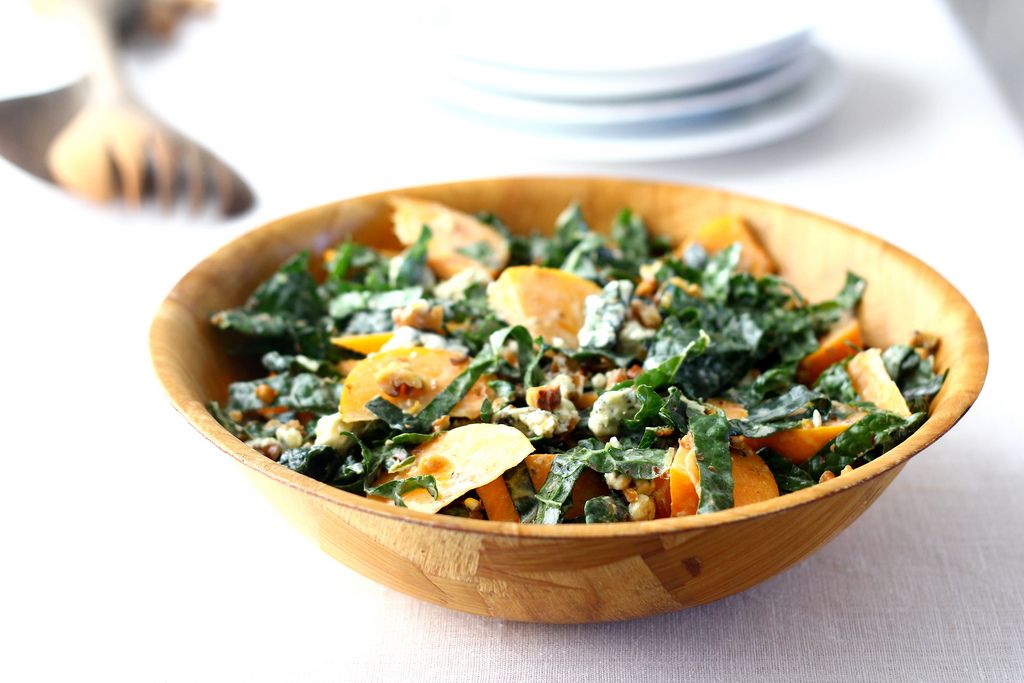
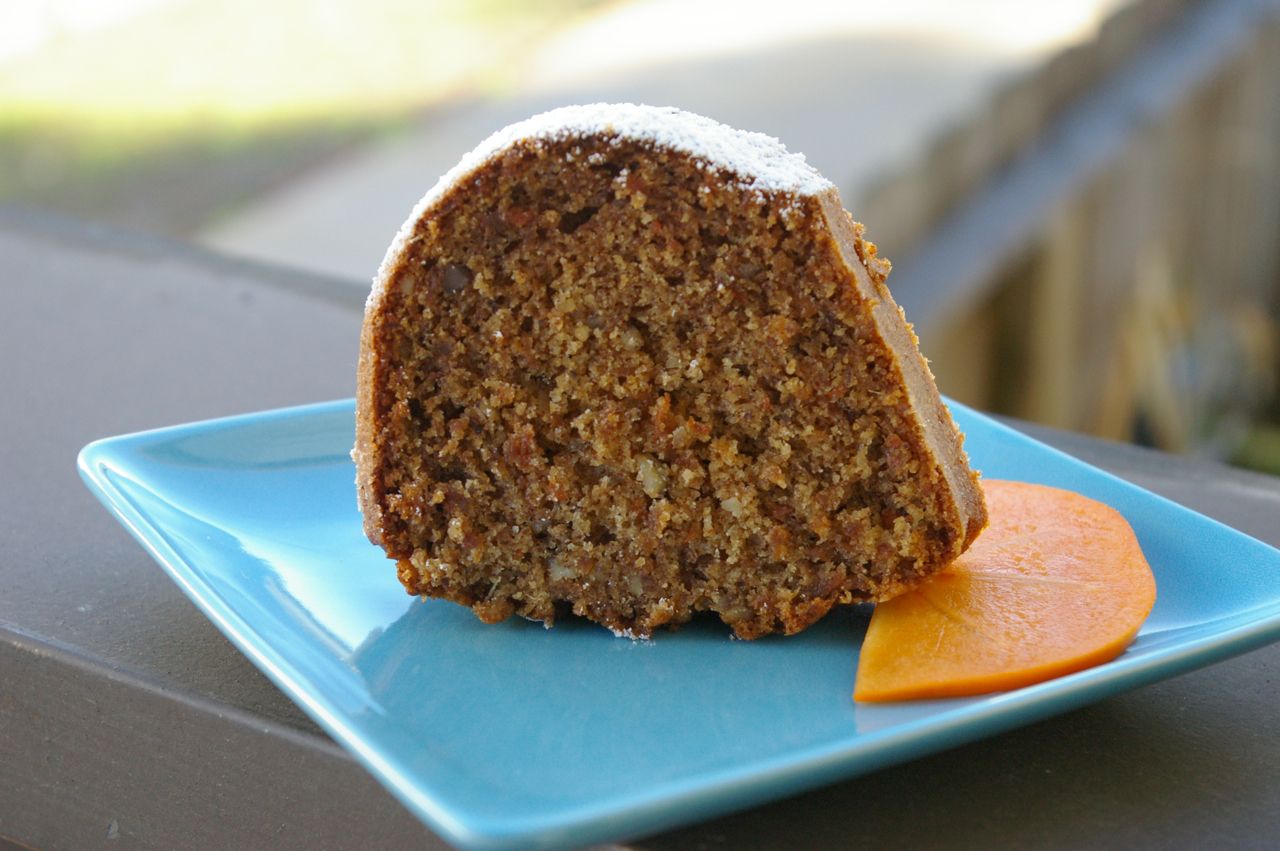

See what other Food52 readers are saying.